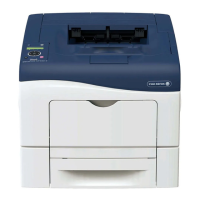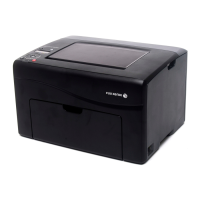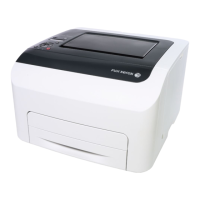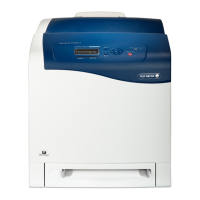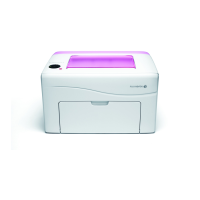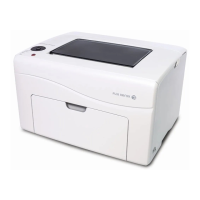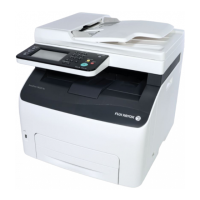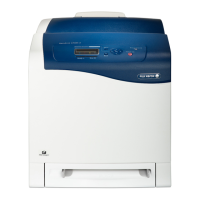7 Advanced Settings
146
[Connectivity & Network Setup]
For information on Connectivity and Network Settings, refer to "Interface Cables" (P.30) or "Email Features
Environment Settings" (P.44).
[Port Settings]
Set the interface of the device connected to a client.
For LPD, Port 9100, and HTTP-SSL/TLS, do not use a number that is the same as a port number of another
port.
For a port that uses HTTP (IPP, Internet Service (HTTP), UPnP Discovery, SOAP, and Web Services on Devices
(WSD)), do not use a number that is the same as a port number of LPD, Port 9100, and HTTP-SSL/TLS.
Furthermore, if any of the above are set to one of the port numbers indicated below, operation may no longer
be performed properly depending on the setting conditions of the port:
25, 139, 427, 445, 631, 15000
For information on HTTP-SSL/TLS port, refer to "[HTTP - SSL/TLS Port Number]" (P.160).
[USB]
[Port Status]
Select [Enabled] to use a USB interface.
[Print Mode]
Select the printer language use on the device. Selecting [Auto] enables the device to
automatically determine and use the most suitable language to print data received from
the host device.
[PJL]
PJL (Printer Job Language) is a job control language and a PJL command is data prepended
to the top of the print jobs. Usually select [Enabled].
[Auto Eject Time]
Configure the time that the data so far received by the device will automatically be printed
since data is no longer sent to the printer.
[PostScript Wait Timeout]
The device automatically terminates a connection when the device does not receive data
for a certain period of time. When data is being printed with [RAW] is selected for [Adobe
Communication Protocol], select [Disabled] if you want to use the time period set in [Auto
Eject Time] or select [Enabled] if you want to use the timeout period of PostScript.
[Adobe Communication Protocol]
[Standard]
Select this when the output protocol of the print driver is in the ASCII format.
[Binary]
Select this when the output protocol of the print driver is in the BCP format.
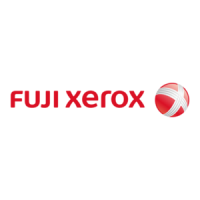
